Lots of musicians have resisted the idea of making music videos, but once MTV started to take off in the early 1980s, it was rare for major artists to abstain from promoting their music with clips. In the age of YouTube, it’s still a big deal when artists decide to pass on making videos for their latest releases. Witness how Beyoncé made waves by not releasing videos for any tracks from Renaissance and Cowboy Carter—a move she subsequently chalked up to wanting to put the focus back on her music.
Videos by American Songwriter
Each of the three artists featured here had their greatest popularity during the golden age of MTV, but each felt the need to go against the grain. All three would make videos for some of their songs, but they weren’t happy about it. Instead of completely surrendering to the status quo, each used at least one of their promotional videos to take shots at the popular medium. As it turned out, biting the hand that was feeding the music industry wound up helping all three of these three artists commercially.
“It’s My Life” by Talk Talk from It’s My Life (1984)
Talk Talk owed much of their initial success to their 1982 video for “Talk Talk,” which was a staple of early MTV. However, Talk Talk’s frontman Mark Hollis despised videos, so when it came time to make a video for the lead single and title track of their second album, he used it to make a point. Most of the Tim Pope-directed video for “It’s My Life” consists of clips from a BBC wildlife documentary called Life on Earth. There are also shots of Hollis glumly posing near animals at the London Zoo. There is no story, no performance, and no shots of Talk Talk’s other two members, Paul Webb and Lee Harris. To drive the point further, there are shots of Hollis’ mouth and face obscured by wiggling black lines.
Talk Talk’s label, EMI, wanted the band to remake the video more in the style of a typical MTV clip. They obliged but intentionally botched their lip-synching. Despite their best efforts to sabotage the videos, “It’s My Life” became Talk Talk’s only Top-40 hit in the U.S., peaking at No. 31 on the Billboard Hot 100. With more than 47 million views, the original video for the song is Talk Talk’s most popular official video on YouTube.
“Bastards of Young” by The Replacements from Tim (1985)
Even in the earliest days of The Replacements, Paul Westerberg was vocally opposed to making music videos. He made his position clear in the band’s song “Seen Your Video” from their 1984 album Let It Be (Seen your video / Your phony rock ‘n’ roll). The Replacements’ next album Tim would be their first for Warner Music Group subsidiary Sire Records, and they would face more pressure to make videos than they did from their previous indie label Twin/Tone.
Jeff Ayeroff, a Warner senior vice president, found a way to convince The Replacements to make a video for “Bastards of Young.” The band would not have to appear in the video, as it would consist almost solely of a shot of a pulsating speaker blaring the song. As the video progresses, viewers can see someone listening to “Bastards of Young” on a couch—or at least that person’s arm, hand, and a dangling cigarette. The video concludes with the listener getting off the couch and kicking the speaker over.
Randy Skinner, who directed the “Bastards of Young” video, also made clips for “Hold My Life,” “Left of the Dial,” and “Little Mascara,” all of which also starred the speaker. Nine years later, she would direct R.E.M.’s video for “Bang and Blame,” which featured all four of the band’s members and no destruction of audio equipment.
How did MTV respond to The Replacements’ begrudging entry into their world? They rewarded them by naming “Bastards of Young” the No. 96 video on their 1999 list of the 100 Greatest Music Videos Ever Made. The video made Rolling Stone’s Top 100 videos list, too, registering at No. 69.
“Obvious Song” by Joe Jackson from Laughter & Lust (1991)
Jackson’s 1982 video for “Steppin’ Out” was wildly popular and likely played an important role in helping the song become his biggest hit. Yet Jackson was reluctant to make the video, telling Time Out that “Rock ‘n’ roll is degenerating into a big circus, and videos and MTV are very much part of that. People who are seriously interested in making music as an end in itself are going to have to split away and forge a different path.”
Jackson, however, took a few more steps on the mainstream path, making videos for “Breaking Us in Two,” “You Can’t Get What You Want (Till You Know What You Want),” and “Down to London.” He finally took the opportunity to lampoon MTV in his 1991 video for “Obvious Song.” The song is a critique of rampant hypocrisy, greed, and shallowness, particularly in the U.S. It was a small step to direct that critical view onto the typical fare that MTV was broadcasting, and the video features a big-haired Jackson shredding on guitar and a dancing, singing Statue of Liberty. It was directed by Marcus Nispel, who made many popular videos, including the one for C+C Music Factory’s “Gonna Make You Sweat (Everybody Dance Now).”
The video for “Obvious Song” has not received the accolades the clips for “It’s My Life” and “Bastards of Young” have, and it is actually the least watched of the five official videos on the Joe Jackson Vevo channel on YouTube. Even if it didn’t get much of a boost from its video, “Obvious Song” received ample airplay on modern rock stations. It spent 10 weeks on Billboard’s Alternative Airplay chart, peaking at No. 2, held back from the top spot by Elvis Costello’s “The Other Side of Summer.”
When you purchase through links on our site, we may earn an affiliate commission.
Photo by ITV/Shutterstock


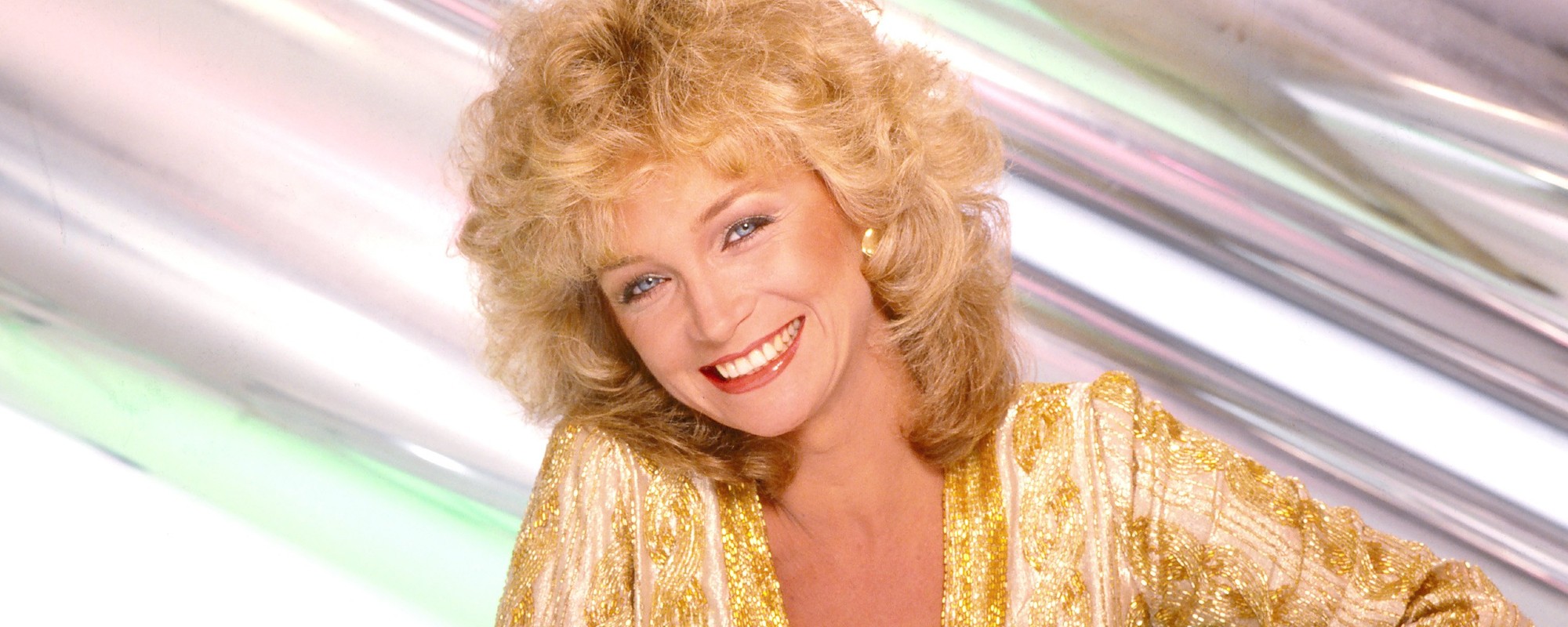
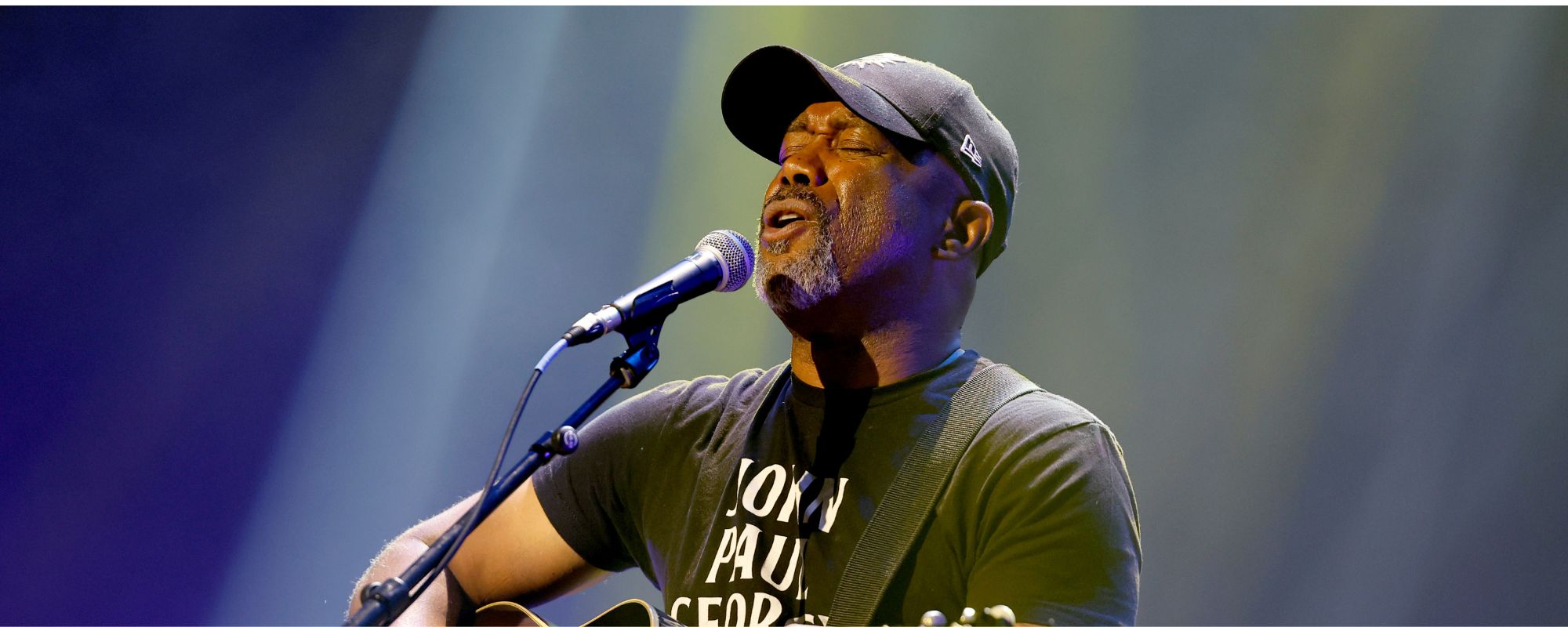
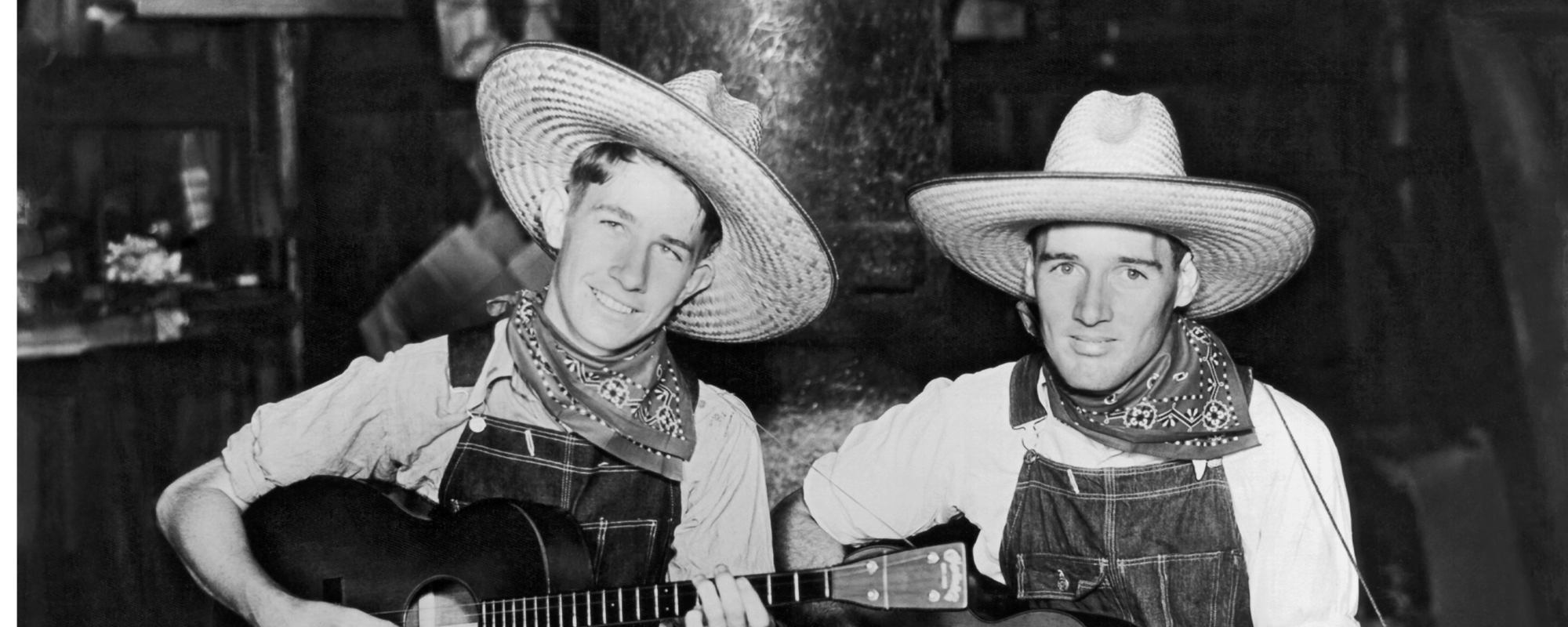
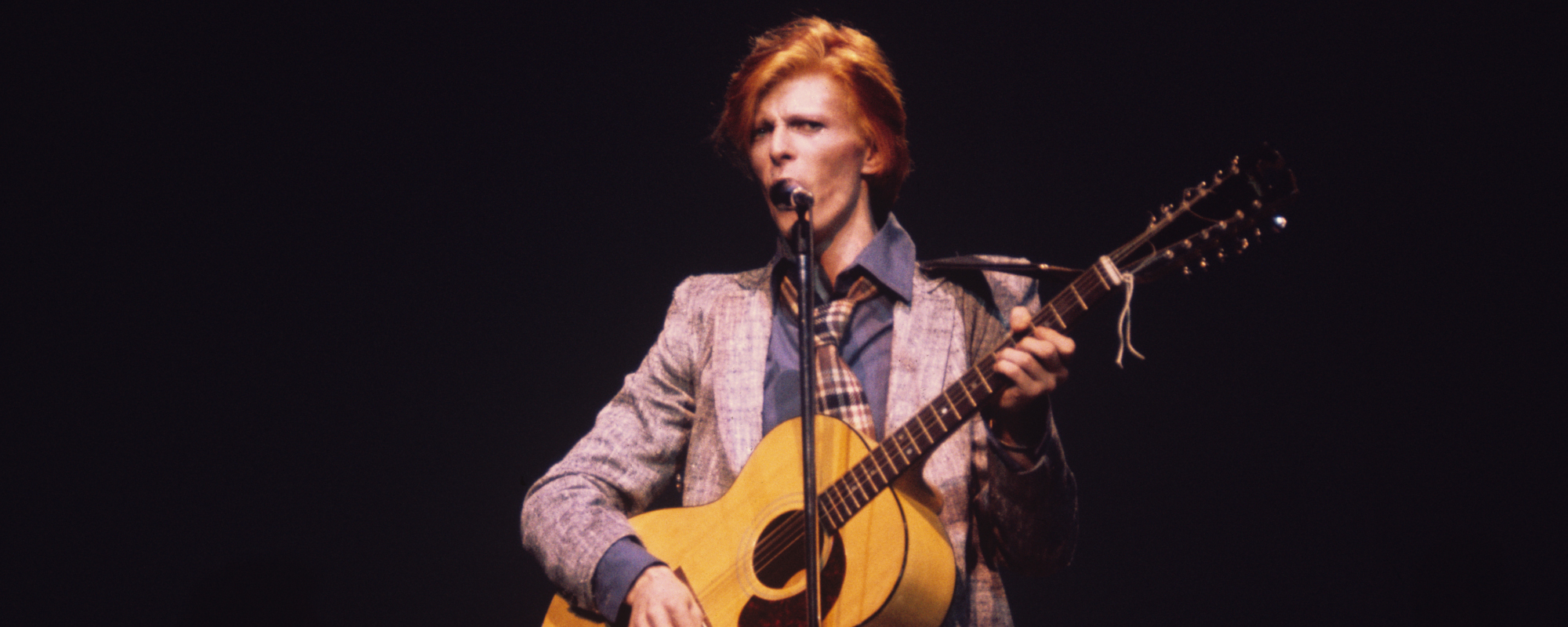

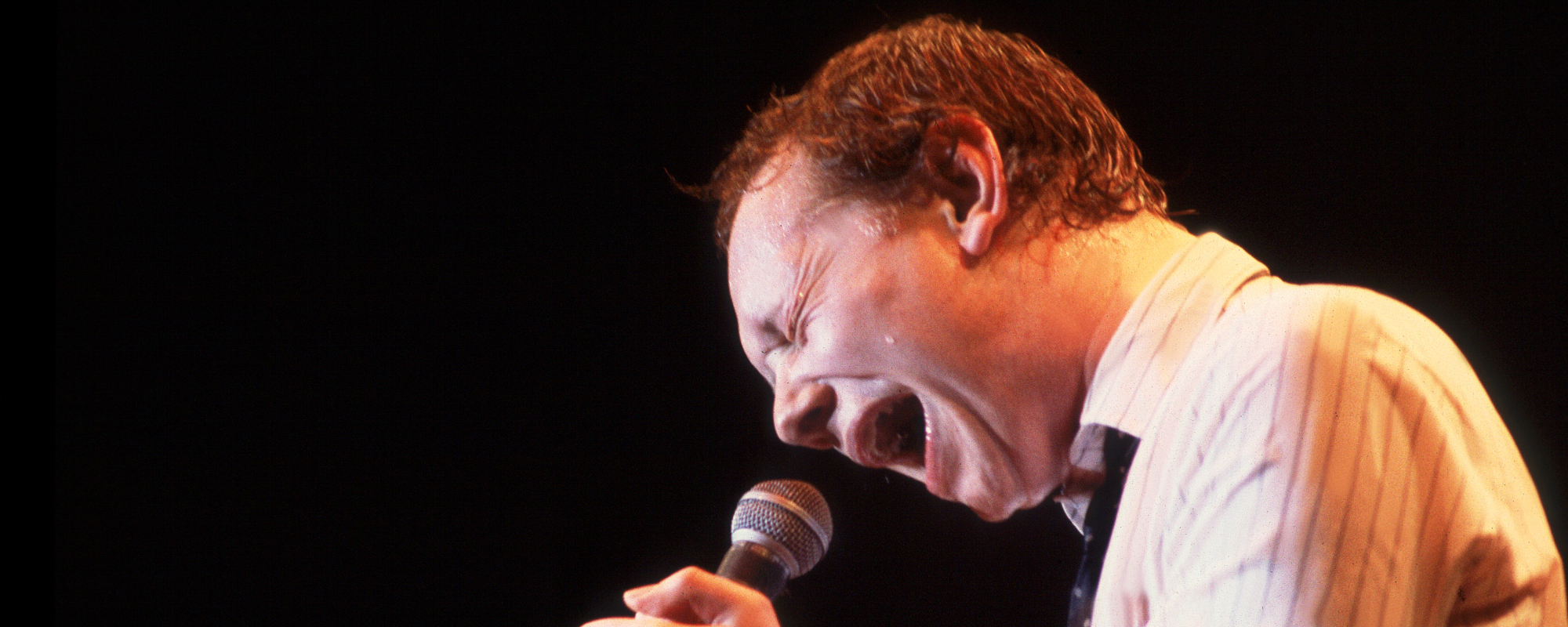
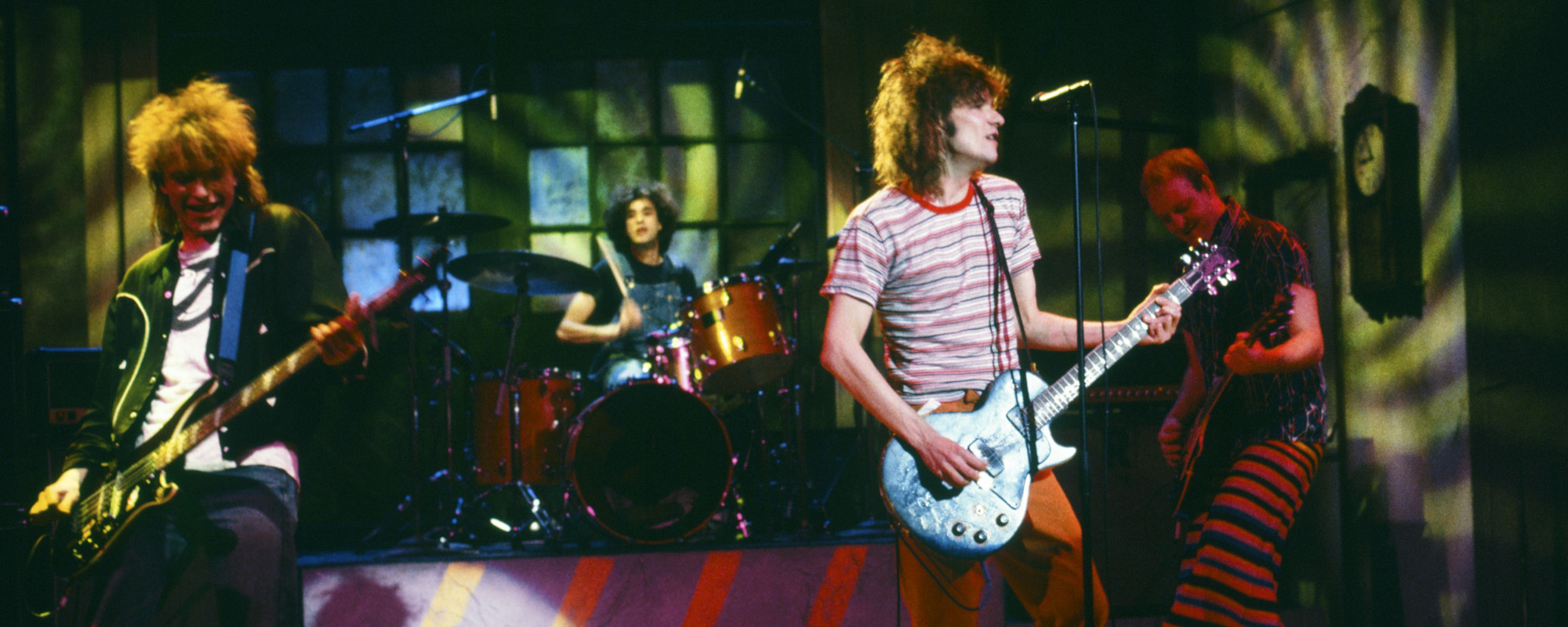
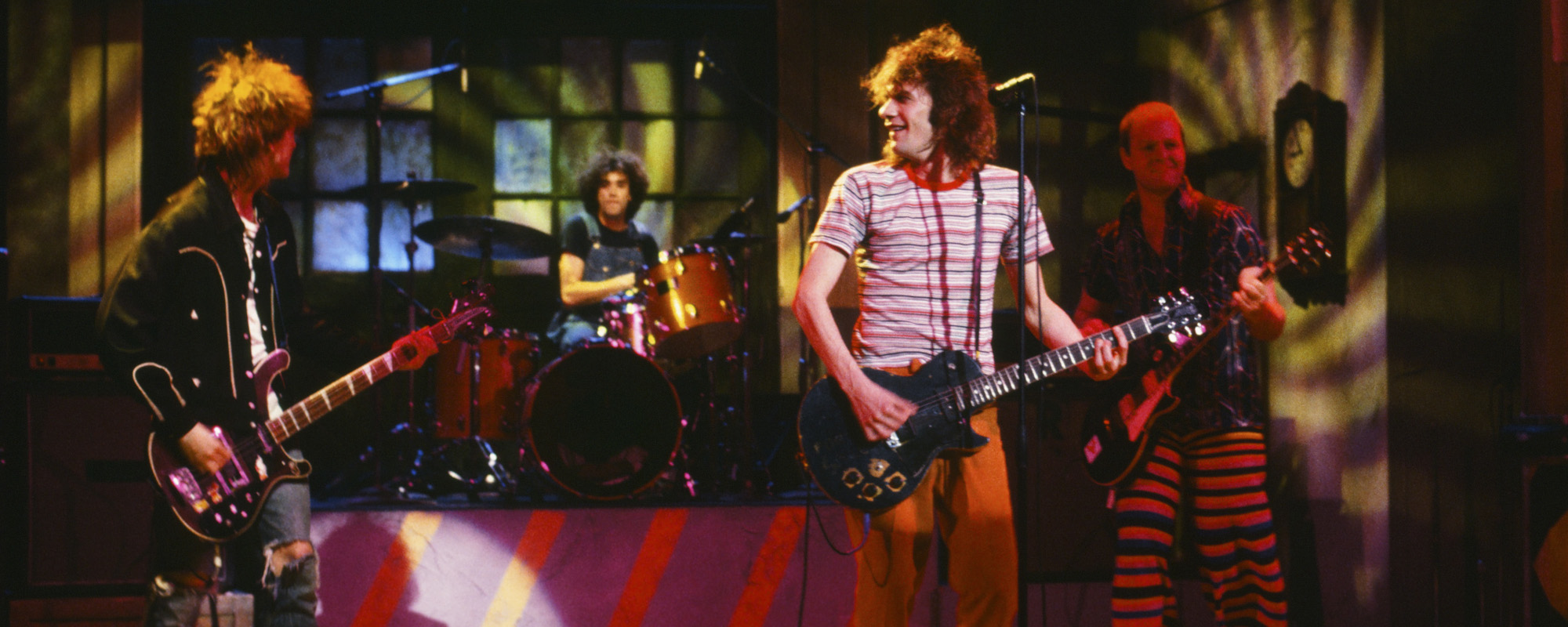

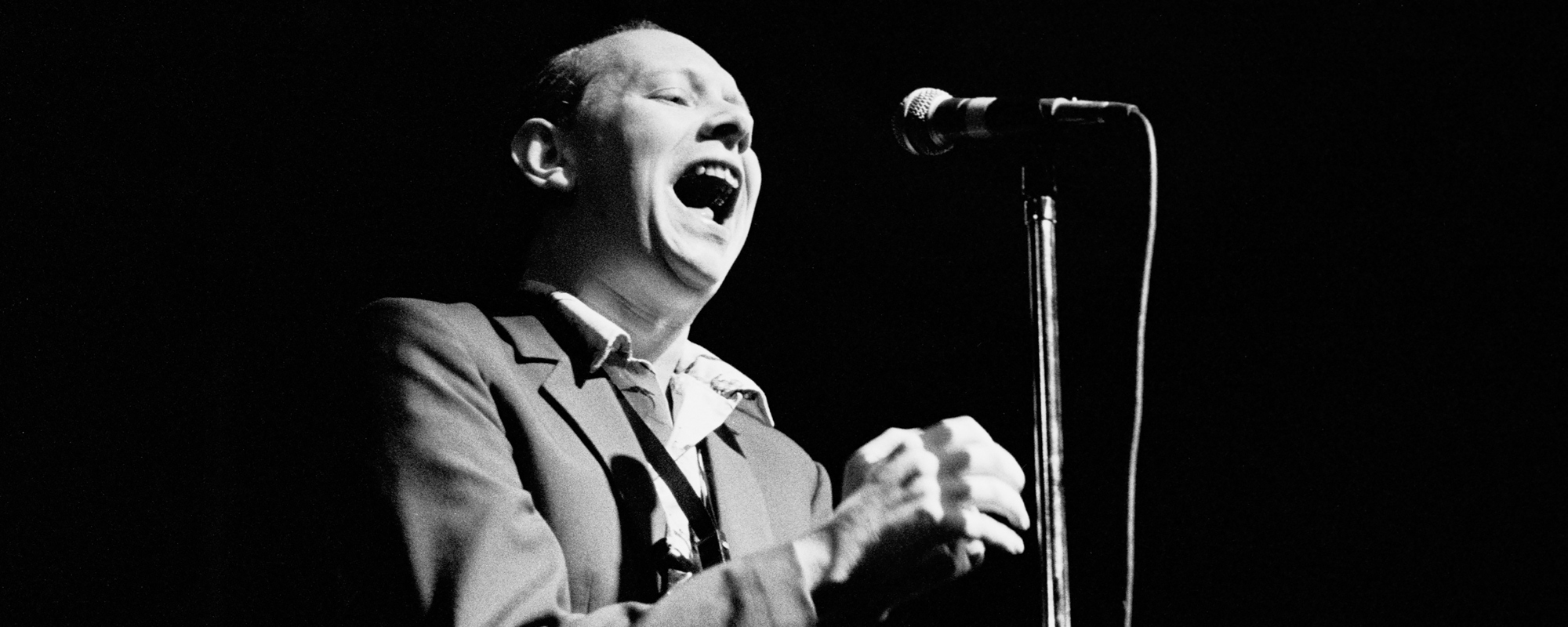
Leave a Reply
Only members can comment. Become a member. Already a member? Log in.